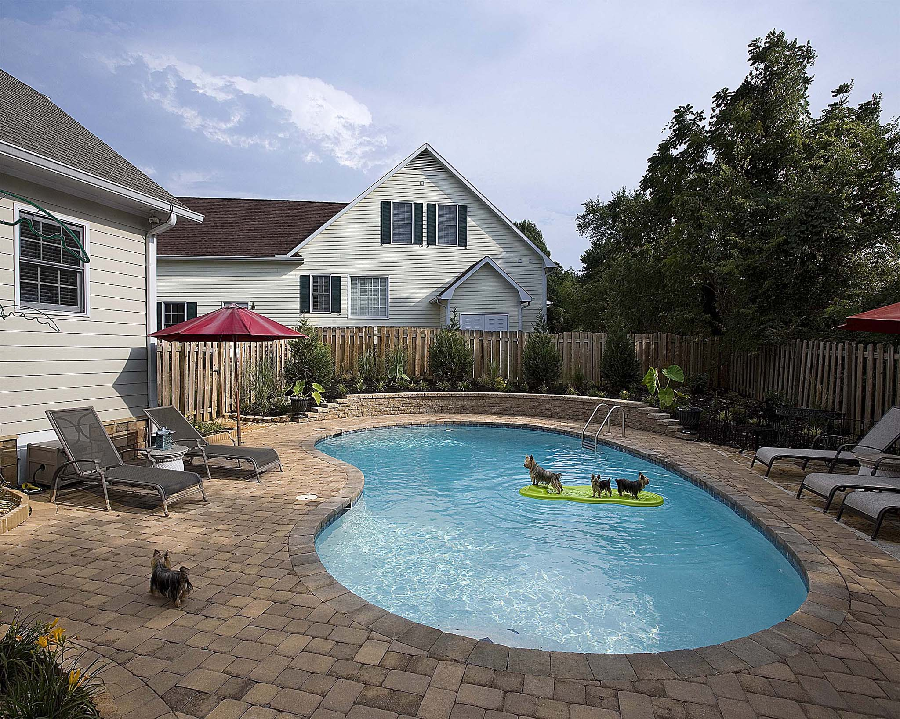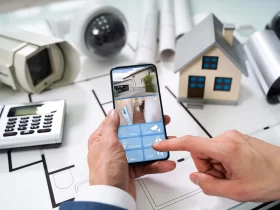In today’s fast-paced world, convenience and comfort are more than just luxuries — they’re essentials. One such modern convenience making its way into more Australian homes is the house elevator. Once seen as a luxury only found in mansions or commercial buildings, elevators are now becoming a common sight in residential spaces across the country.
Whether you’re building a new home or retrofitting an existing one, adding a lift can bring both practical and lifestyle benefits. In this blog, we’ll take a deep dive into the features, costs, and latest trends in the world of house elevators in Australia — all while keeping it light, simple, and informative.
Why More Australians Are Choosing a House Elevator
Australia’s demographics are changing. We’re seeing more multi-storey homes, ageing populations wanting to future-proof their living spaces, and families who simply want greater accessibility. All of these factors are contributing to the rising popularity of home elevators.
But it’s not just about necessity. Modern elevators are stylish, energy-efficient, and space-savvy — making them a smart choice for almost any home. And let’s face it, who wouldn’t love the ability to glide effortlessly between floors?
Key Features of a Modern House Elevator
If you’re imagining a bulky industrial-style lift, think again. Today’s residential elevators are designed to be sleek, compact, and blend seamlessly into your home’s interiors. Here are some of the standout features you can expect:
1. Compact Design
Modern elevators for homes are made with space in mind. Some models require minimal or no pit, no machine room, and can be installed in tight spaces. That’s a huge bonus for Australian homes where space is often at a premium.
2. Whisper-Quiet Operation
Noise is one of the biggest concerns when adding machinery to a living space. Luckily, many domestic lifts now come with advanced technology that ensures super quiet operation — often quieter than your dishwasher!
3. Energy Efficiency
With rising electricity costs and a push for greener living, energy-efficient lifts are a must. Many systems today use low power consumption motors, and some even run on single-phase power — using no more electricity than a standard household appliance.
4. Safety & Accessibility
Safety is paramount, especially if you have young children, elderly family members, or people with disabilities at home. Today’s residential lifts come with a variety of safety features like emergency alarms, backup battery systems, auto-rescue functionality, and non-slip flooring.
5. Customisation Options
From transparent glass panels to different flooring materials, lighting, and even wall textures, you can customise your lift to suit your interior design. It’s not just about going up and down — it’s about doing it in style.
How Much Does a House Elevator Cost in Australia?
Let’s get down to the question on everyone’s mind — what’s the price?
Well, the cost of house lifts in Australia depends on several factors: the type of lift, number of floors, features included, installation complexity, and customisation.
As a general guide:
- Entry-level lifts can start around $30,000–$45,000.
- Mid-range options with extra features or more floors may fall between $50,000–$70,000.
- High-end custom lifts can exceed $100,000, especially if you want top-tier finishes and smart home integrations.
It’s also worth noting that while the initial investment may seem significant, a house elevator can actually add value to your property. In fact, many homeowners are seeing it as a long-term investment — especially those planning to age in place.
The Installation Process: What to Expect
Installing a home lift might sound daunting, but it doesn’t have to be. Here’s a basic breakdown of what you can expect:
Step 1: Consultation & Site Assessment
A professional will assess your space, discuss your needs, and recommend lift models that fit your home.
Step 2: Design & Customisation
You choose finishes, features, and cabin designs to match your style.
Step 3: Installation
Depending on the model and your home’s structure, installation can take from a few days to several weeks. Some lifts with no shaft or pit can be installed much faster.
Step 4: Testing & Handover
Once installed, your elevator will be thoroughly tested for safety, and you’ll be shown how to operate and maintain it.
Popular Trends in Australian Home Elevators (2025)
Elevators aren’t just functional anymore — they’re part of a home’s design and tech landscape. Let’s take a look at what’s trending:
🔹 Smart Technology Integration
Many lifts now come with touchscreen control panels, remote diagnostics, and app-based controls. Some even integrate with your home’s automation system so you can call the lift with voice commands or schedule maintenance reminders.
🔹 Panoramic Glass Cabins
Want a modern, open feel? Glass elevators are becoming increasingly popular, especially in architecturally designed homes. They bring in light and offer a stunning aesthetic.
🔹 Minimalist Shaftless Designs
Not all lifts need bulky shafts or heavy structural changes. Some ultra-slim models can be installed with minimal construction work, perfect for renovations or tight spaces.
🔹 Eco-Friendly Models
With Australia’s growing focus on sustainability, many homeowners are looking for elevators with low carbon footprints, recyclable components, and solar-compatible systems.
Are House Elevators Worth It?
If you’re planning to stay in your home long-term or simply want to make life easier, the answer is: absolutely. Beyond convenience, a house elevator can make your home more inclusive, increase its resale value, and help you future-proof your lifestyle.
It’s also a great way to avoid the risks of stairs, especially as we get older or deal with mobility issues. And let’s be honest — it’s a pretty cool feature to have in your home.
Choosing the Right Lift for Your Home
With so many options available, how do you choose the right one?
Here are a few quick tips:
- Consider your space: Not all lifts require pits or machine rooms. If space is limited, look into shaftless or compact models.
- Think about usage: Will it be used by elderly people, wheelchair users, or kids? Choose features accordingly.
- Match your style: Pick a lift that fits your home’s design — whether it’s contemporary, traditional, or something in between.
- Plan for the future: Even if you’re fit and active now, a lift is a smart addition for ageing in place.
Final Thoughts
Adding a house elevator is no longer just for the ultra-wealthy or the ultra-luxurious. With advancements in technology, design, and affordability, they’re quickly becoming a must-have in many Australian homes.
Whether you call it a home lift, domestic lift, or residential elevator, the benefits are clear: better accessibility, added property value, and a whole lot of modern comfort.
So if you’re planning a renovation or building a new home, it might be time to press the button — and take your home to the next level.





